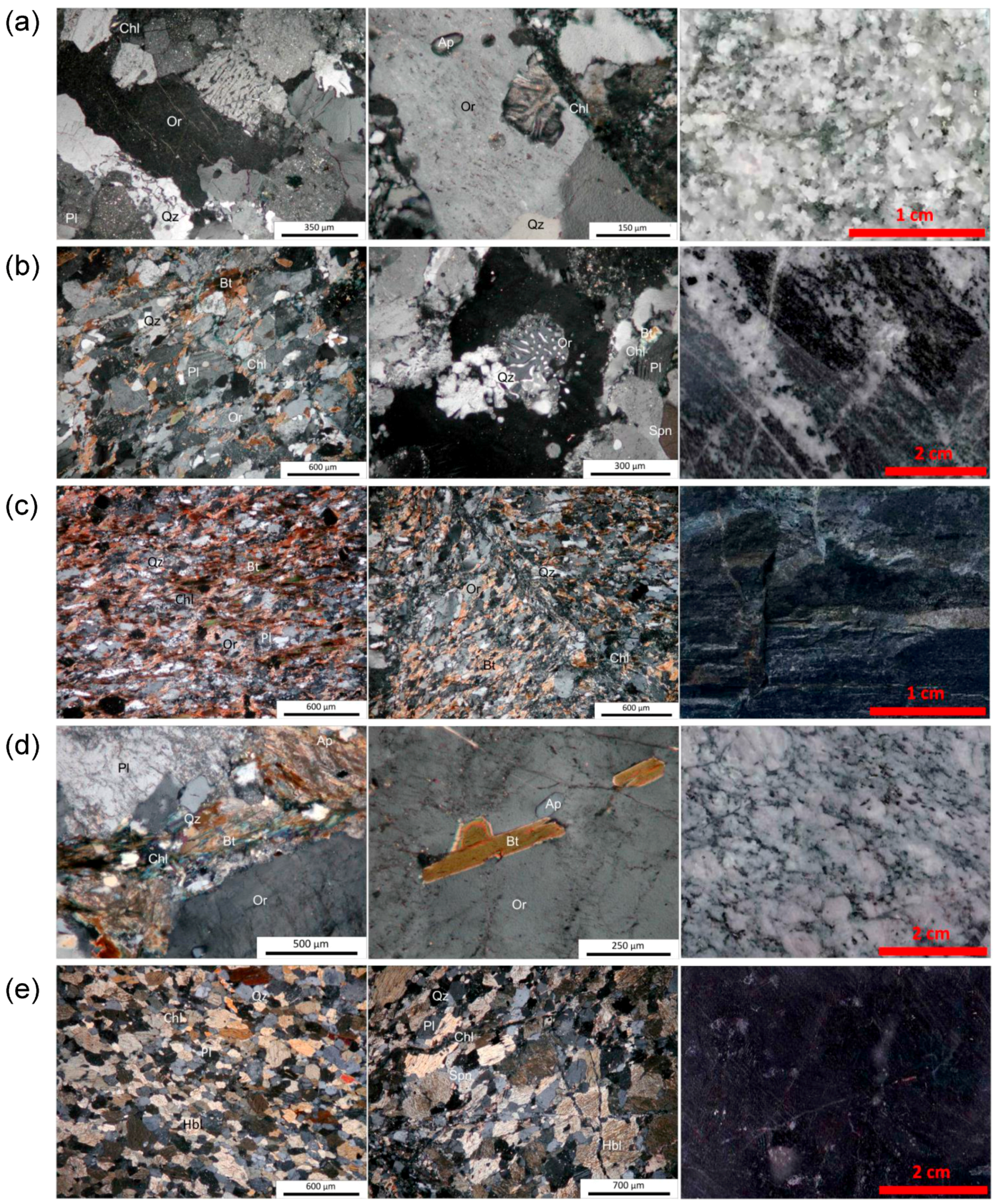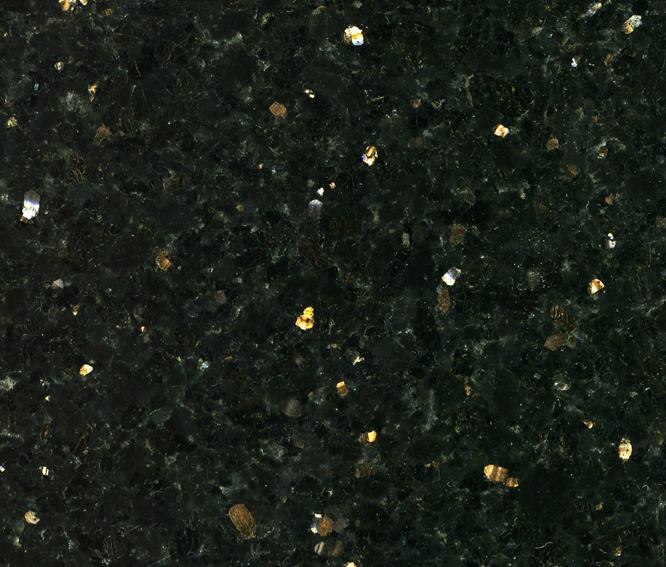Igneous Granite 35 Olivine

This is especially likely to happen if lava meets water.
Igneous granite 35 olivine. Intrusive rocks forming underground with larger stronger crystals are more likely to last. Sometimes extrusive igneous rocks cool so quickly that no crystals form. Olivine and pyroxene are commonly found in igneous rocks that are. Strictly speaking granite is an igneous rock with between 20 and 60 quartz by volume and at least 35 of the total feldspar consisting of alkali feldspar although commonly the term granite is used to refer to a wider range of coarse grained igneous rocks containing quartz and feldspar.
An irregular shaped and blob like igneous rock body that cooled beneath the surface of earth is a. Unlike the olivine grains the pyroxene grains in peridotite have a visible cleavage when viewed under a hand lens. Peridotite contains at least 40 percent olivine and some pyroxene. Cool and solidify more quickly.
The result is a rock composed of volcanic glass called obsidian examples of obsidian appeared in figures 1 21 chapter 1 and figure 4 5 chapter 4. Plagioclase feldspar pyroxene. Mg fe 2 sio 4. In other cases different minerals may grow to distinctly different sizes.
A phaneritic rock containing about 20 percent quartz 40 percent potassium feldspar 20 percent sodium rich plagioclase feldspar a few percent muscovite and the remainder dark colored silicate c. 4 1 3 igneous rock bodies. Have you ever used a pumice stone. An aphanitic rock containing about 30 percent calcium rich plagioclase feldspar 55 percent pyroxene and 15 percent olivine b.
Coarse grained granite is most similar in mineral composition to fine grained. Olivine is a common mineral in dark colored igneous rocks because these rocks are rich in iron and magnesium rocks rich in iron bearing minerals tend to be either black or at least dark colored. Extrusive rocks because of their small crystals and glass are less durable. 1 learn some basics of volcanoes 2 learn how magmas crystallize 3 learn to classify igneous textures and compositions 4 learn to identify igneous rocks in hand.
Igneous rocks are common in the geologic record but surprisingly it is the intrusive rocks that are more common. The mineral olivine is characteristic of a magma. In this lab you will learn about granite pumice and other igneous rocks. These chemical elements mg and fe are the essential components of olivine which has the following chemical formula.
Granite is a medium tocoarse grained acid igneous rock with essential quartz 20 and feldspar where alkali feldspar constitutes between 100 and 35 of the feldspars and minor mafic minerals. Use figure 4 5 to classify the following igneous rocks. Plus they are by definition exposed to the elements of erosion immediately. Which three minerals are most commonly found in the igneous rock granite.
Igneous rocks do you have a granite countertop. It is light to dark green in color. Gabbro is a dark medium to coarse grained intrusive igneous rock composed of calcium plagioclase pyroxene and minor olivine but no quartz. Do you ever wonder where these materials come from.

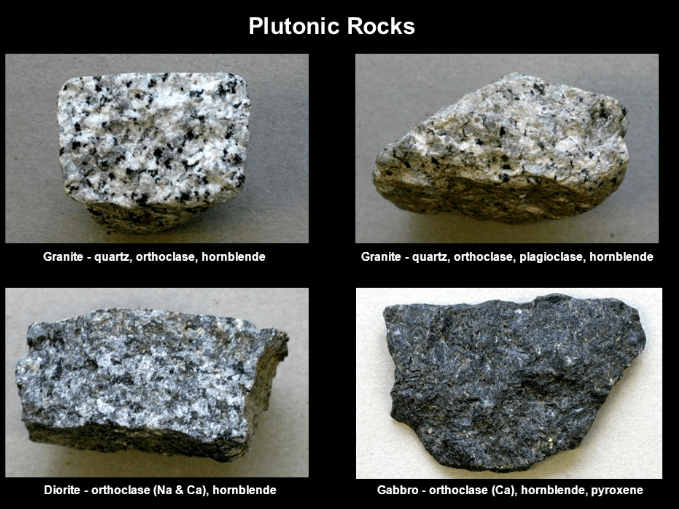
.jpg)












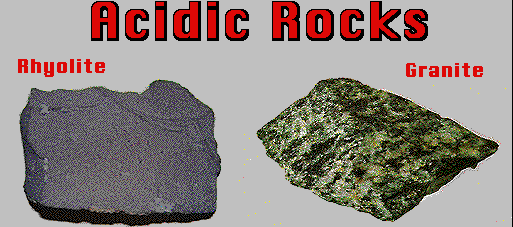




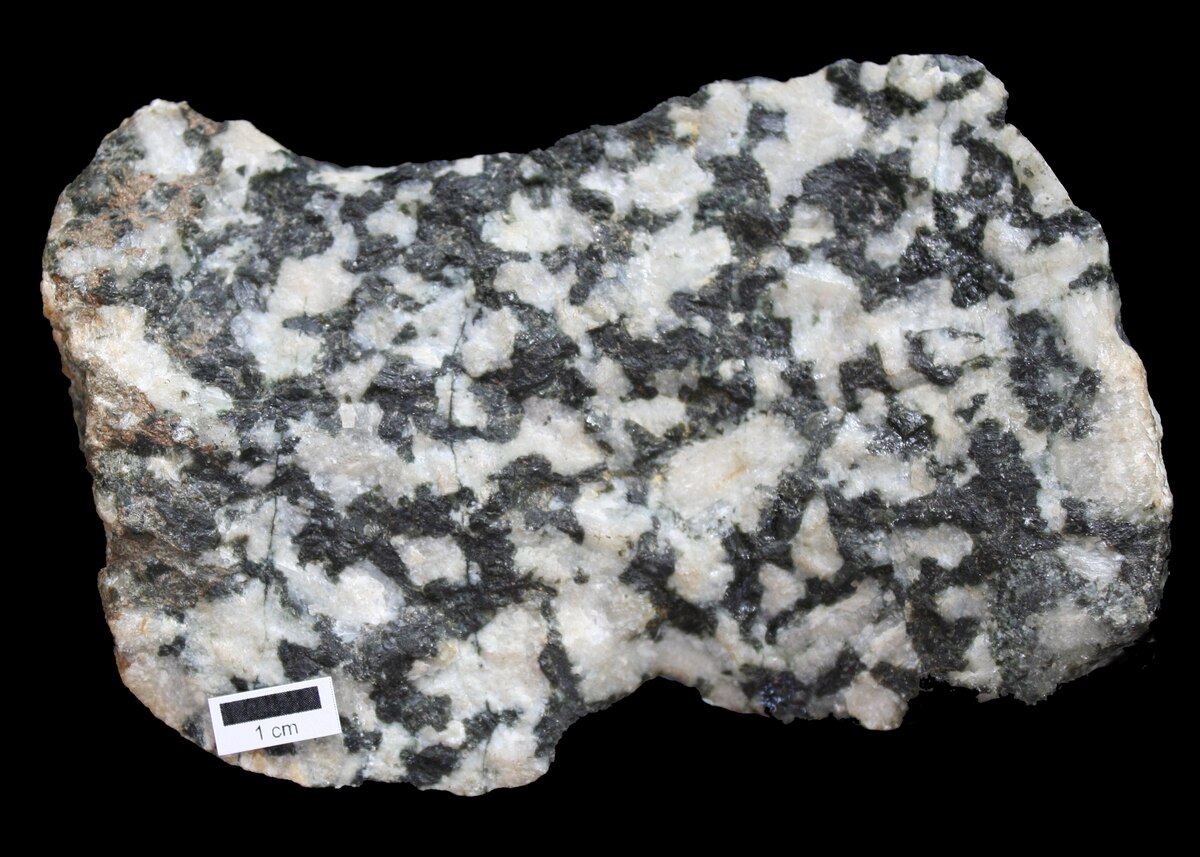


.jpg)

.jpg)







